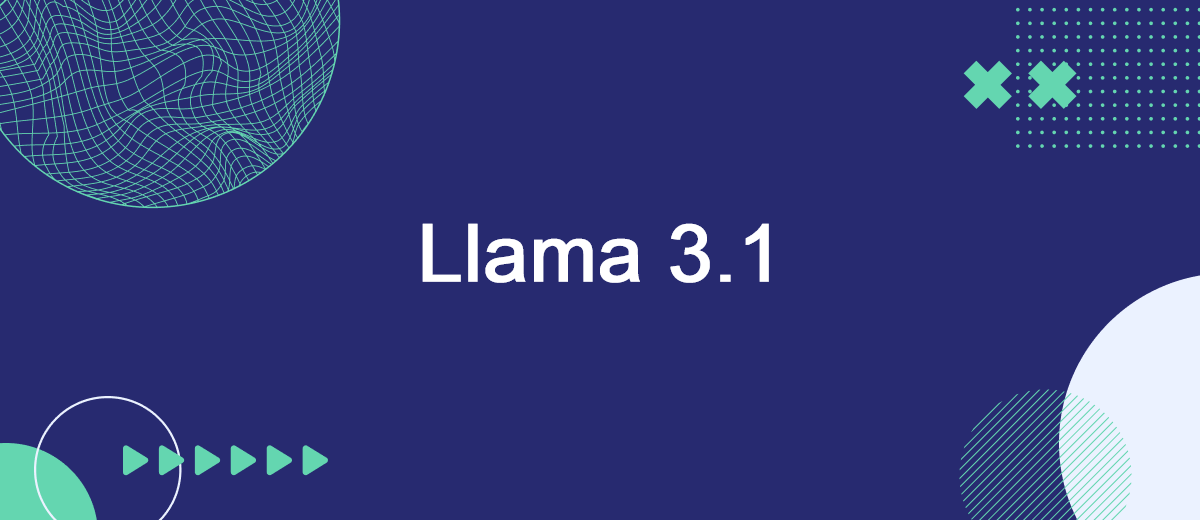Recently, Meta launched a new version of its artificial intelligence named Llama 3.1. The development and computational resources for this model cost the company several months and hundreds of millions of dollars. According to information provided by company representatives, Llama 3.1 surpasses the performance of today’s strongest neural networks, including OpenAI's GPT-4 and Anthropic's Claude 3.5 Sonnet. Mark Zuckerberg, CEO of the company, asserts that the new model will competently compete with solutions from OpenAI and Google in general knowledge, mathematical skills, and translations.
A key feature of Llama 3.1 is its open source, allowing developers to adapt the model to their needs. It has over 405 billion parameters and was trained using more than 16,000 Nvidia H100 graphics processors, which are currently the most powerful on the market. The new model, designed for use in generative chatbots, has many new features, including improved logic for solving complex mathematical problems and the ability to quickly summarize texts. Thanks to this, the Meta AI chatbot has already gained innovative capabilities. For instance, the Imagine Me feature allows users to generate images from text prompts by inserting their faces into generated images. It is expected to become a hit on social media.
Despite significant development costs, Meta decided to make the model available to large companies with a substantial number of users under a licensing agreement. Mark Zuckerberg hopes that the release of Llama 3.1 will open new horizons for the widespread use of open models by other developers. He is already planning partnerships with major technology giants such as Microsoft, Amazon, Google, and Nvidia.
